FOCUS ON CAMP LIFE
The Civil War in Spotsylvania County: Confederate Campfires at the Crossroads by Michael Aubrecht. Book Review by Erik F. Nelson for The Free Lance-Star Town & County (12/19/09)
One-hundred-thousand soldiers were killed or wounded during the battles of Fredericksburg, Chancellorsville, Wilderness and Spotsylvania Court House. This number reflects a tragic loss, but the majority of deaths during the Civil War, by a factor of two to one, were not battlefield-related, but the result of disease in camp.
That more soldiers died in camp than in actual fighting or even on campaign, is explained through a variety of contributing conditions. Thousands of farm boys who joined the armies were without immunities to childhood diseases. Other communicable diseases resulted from poor camp sanitation, which had to be learned and enforced. Young men, living outdoors, became weakened by bad food, inadequate shelter, worn-out clothing, and hard duty.
Camp life was a large part of military life and the presence of the two principal eastern armies in and around Fredericksburg from 1862 to 1864 left their mark on the landscape as well as in the written record. The huge Northern army occupied much of Stafford County. Southern units camped in Spotsylvania County, including several places that are now a part of the city of Fredericksburg.
The remnants of camps are still evident in areas of the region that have not yet been fully developed. The best time to see them is in the winter months, when the thick Virginia foliage is down. That time of year, however, also makes it painfully evident how miserable those encampments had to have been.
Michael Aubrecht, a Fredericksburg-area writer and historian, explores this quieter aspect of the Civil War in a new book called "The Civil War in Spotsylvania County: Confederate Campfires at the Crossroads."
There are several classic studies on the experience of soldiering, such as Bell I. Wiley's "The Life of Johnny Reb," but Aubrecht does not try to reprise these types of works. Instead, he focuses on Spotsylvania County and presents various sub-themes, through a wide range of first-person accounts from Confederates who were in this region.
The author includes sections on soldier diet, crime and punishment, disease, the experience of winter quarters and so on. The collection of first-person accounts includes the words of generals, such as commanders like Robert E. Lee and Thomas J. "Stonewall" Jackson, as well as those of private soldiers, who may have been less literate, but were certainly no less descriptive. The format consists of a short introduction for each chapter, followed by a series of primary documents.
The use of primary sources provides a striking immediacy, which in turn, carries potential insight. In the chapter on disease, for instance, a soldier recounts nights in bivouac broken by the persistent coughing and labored breathing of thousands of unhealthy men.
This is not a story of banners and bugles, but rather of the curse of war itself-once described by historian Bruce Catton as "the ugly fever-sickness that came upon young men who ate bad food and went to sleep wet to wake up cold."
Another chapter notes the relative youth of the Confederate army, which certainly applied to the Northern armies as well. We often see Civil War re-enactors with full beards, some of them quite gray. Large armies, however, are usually comprised of very young men, teenagers in fact, who have little facial hair to grow. Aubrecht's volume quietly presents these types of realities, always buttressed by his selection of first-person sources.
One section touches on the presence of African-Americans in the Confederate camps. The author includes material showing them to have served as cooks and body servants, but is cautious about claiming that they also served as soldiers, which has become a somewhat controversial subject.
To his credit, Aubrecht does not shy away from presenting what evidence has been used by others to claim that slaves fought in the Confederate army, but equally to his credit, he does not generate unsubstantiated conclusions.
Other chapters examine the famous religious revivals that swept the Confederate camps, the experience of the families of those who were in the army, and the types of letters that soldiers wrote to wives and sweethearts.
Again, Aubrecht picks up the telling details, such as the scarcity of paper upon which to write a letter home or young men describing women, probably very similar to their own mothers, arriving at Fredericksburg to look for dead loved ones.
The History Press has an attractive presentation, although a mixed reputation for what they bring into print. Happily, this volume by Michael Aubrecht is a worthwhile compilation of first-person accounts that can be enjoyed for their own sake or used as a ready reference for other research.
The Confederate encampments that saw so much of this region's Civil War history wait silently in the woods of Spotsylvania County and Fredericksburg for explorers young and old. This book gives them voice.
Erik F. Nelson is a founding member of the Central Virginia Battlefields Trust and senior planner for the city of Fredericksburg.
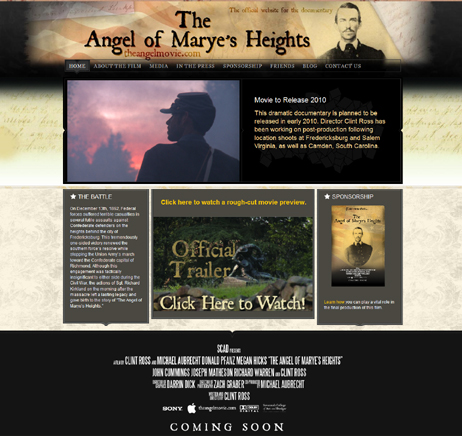






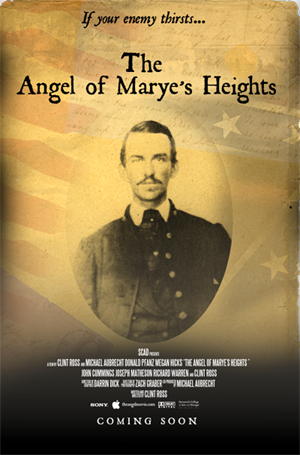
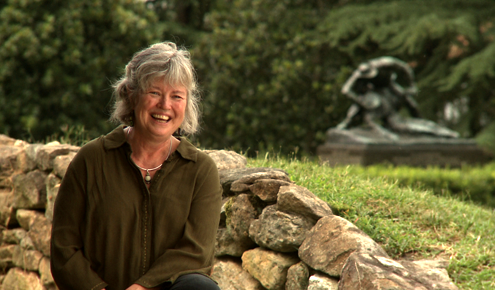
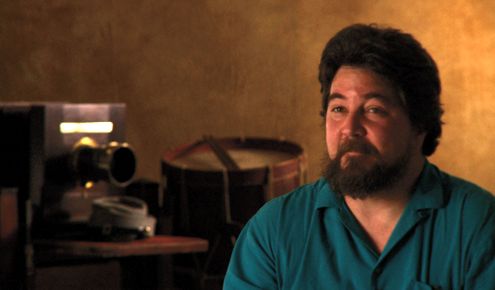
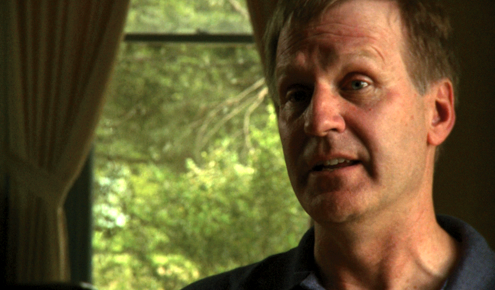
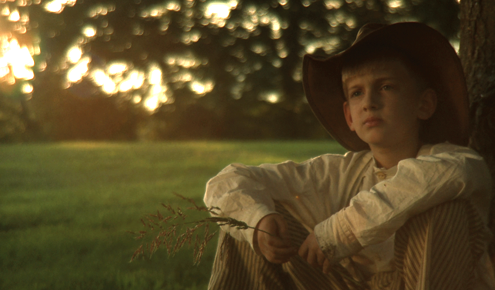

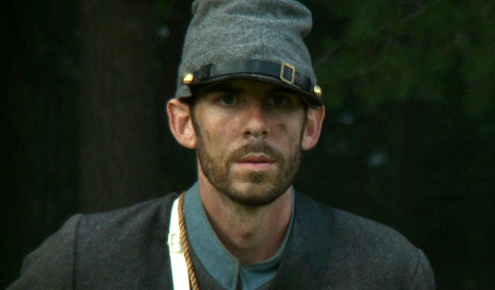

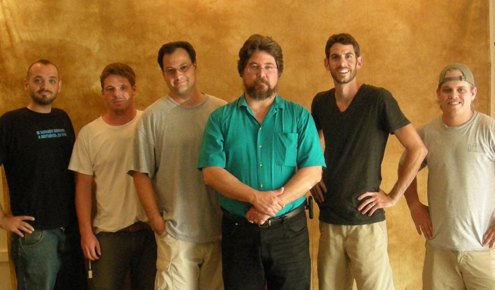
 Today’s Free Lance-Star has
Today’s Free Lance-Star has